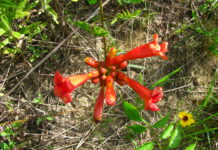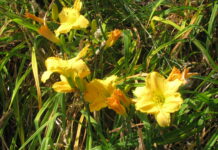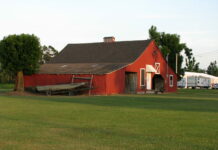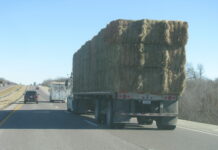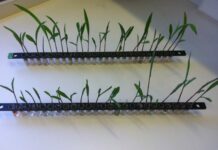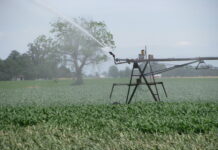Photo credit: DiasporaEngager (www.DiasporaEngager.com).
A total of 200 species of birds breed in the Netherlands every year. The population trend for 185 native species is monitored by means of population counts coordinated by Sovon Vogelonderzoek Nederland within the Ecological Monitoring Network (NEM).
New species nesting in the Netherlands
The population increase between 1990 and 2023 was mainly attributable to species that came to nest in our country for the first time, or which returned to nesting here, such as white-tailed eagle, eagle-owl, great and little egret, crane and Cetti’s warbler. Whether the population of a given species rises or falls depends on changes in the quality of the habitat of that species, climate and weather, availability of food, success in breeding and mortality due to avian flu, among other factors. Avian flu was the main cause of a decline in the population of sandwich tern, for example, which fell by more than 40 percent compared to 2022.
More marshland and freshwater birds, and also more woodland birds
In marshland and freshwater habitats, the populations of the 59 species that breed in these habitats increased by a factor of almost three between 1990 and 2023, on average. The species that saw the most significant increases were Cetti’s warbler, great egret and barnacle goose – all three relative newcomers as birds that breed in the Netherlands. Populations of penduline tit, hen harrier and great warbler declined the most.
The population of 27 of woodland birds have also risen since 1990, by an average of 11 percent. Initially, woodland birds were declining in number, but since 2010 there has been an increase in their population. The populations of the hawfinch, common firecrest and common raven increased the most, while Eurasian sparrowhawk and wood warbler saw the largest declines.
Decline in bird numbers in dune and heathland areas
Among bird species that dwell in dune areas (19 species), there was an average population decline of nearly 40 percent between 1990 and 2023. Whinchat, red-backed shrike and lesser common redpoll have all but disappeared from the dunes. By contrast, European nightjar, and particularly woodlark, have actually greatly increased in number. The decline in dune-dwelling birds occurred mainly before 2010 and was primarily due to the growth of grasses, shrubs, trees and bushes in areas of open dunes, which altered the fauna in these areas. There has been a recovery since 2010, and in the last twelve years more species have been increasing in population than decreasing.
The populations of the twelve bird species that breed in heathland areas also declined by nearly 40 percent on average, between 1990 and 2023. This decline was at its most rapid prior to 2010, after which there was a limited recovery. There were five species that were increasing in population, and also five that were declining. Populations of European nightjar and European stonechat are rising the most, while black grouse and tawny pipit have all but disappeared.
Sharp decline in farmland birds
Despite the application of agricultural wildlife management practices with respect to farmland bird species, the population decline is the highest among this group at 45 percent. Of these 27 species, the population of 21 declined. These are mainly species that dwell in open farmland, such as black-tailed godwit, northern lapwing and Eurasian oystercatcher. Corn bunting and ruff were already rare in 1990, and have now virtually disappeared. The populations of species of farmland bird that live in and around farm buildings and in bushes are declining much less than average. While some species are on the decline, such as European turtle dove and Eurasian tree sparrow, there are also species that are increasing in population, such as European goldfinch and European stonechat.
Fewer birds in urban areas as well
Bird populations in urban birds have also been on the decline since 2007. No species has been identified as unique to urban areas, and all 83 species of birds that dwell in towns and cities were classified according to their preferred habitat (parkland and woodland, open green space, water, and built-up areas). Among birds in urban areas, water and marshland species have increased in number, such as gadwall. On average, bird species that dwell in open green spaces, and in parkland, woodland and bushes, have declined in number. Of the eight species of birds that nest in or around buildings, only one is increasing in number: the peregrine falcon.
Source of original article: Statistics Netherlands (CBS) (www.cbs.nl).
The content of this article does not necessarily reflect the views or opinion of Global Diaspora News (www.GlobalDiasporaNews.com).
To submit your press release: (https://www.GlobalDiasporaNews.com/pr).
To advertise on Global Diaspora News: (www.GlobalDiasporaNews.com/ads).
Sign up to Global Diaspora News newsletter (https://www.GlobalDiasporaNews.com/newsletter/) to start receiving updates and opportunities directly in your email inbox for free.





